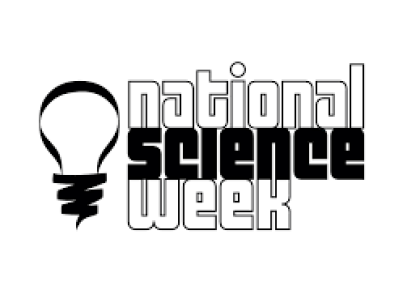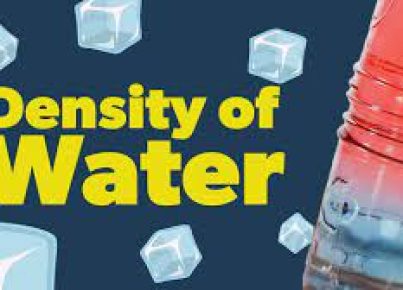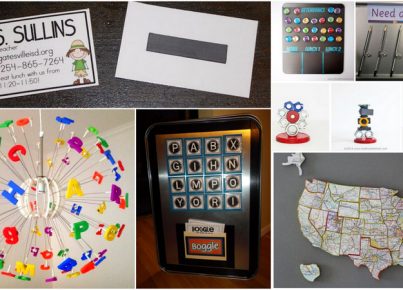Water is one of the most important substances on Earth, essential for all forms of life. It covers about 71% of our planet’s surface, and it is vital for our own survival. The science behind water is not only fascinating, but it also presents numerous ways for us to explore its properties through simple yet enlightening experiments that can be done at home or in the classroom.
Here are a few experiments that will help you understand more about water:
1. Floating and Sinking: Gather a variety of objects such as a small ball, a pencil, a coin, and a cork. Fill a bowl with water and predict which items will float and which will sink. Place them in the water to see if your predictions were correct. This experiment helps explain density and buoyancy.
2. Water Tension Experiment: Fill a glass with water to the very top. Gently start adding more drops of water on top and see how much the surface can hold before the water spills over. You can use this experiment to discuss surface tension and cohesion properties of water.
3. The Paper Towel Dip: Take two glasses and fill one with water, leaving the other empty. Connect the glasses with a folded paper towel with one end in each glass, making sure that one end is well within the water. Observe over time as the water travels through the paper towel from the full glass to fill up the empty glass due to capillary action.
4. Light Refraction: Fill a clear glass with water, then place a straw or pencil in it. Look at it from various angles, noting how the straw appears to bend where it enters the water. This demonstrates light refraction through different mediums.
5. Homemade Water Filter: Construct a simple filter by cutting off the bottom of a plastic bottle, turning it upside down (like a funnel), and layering cotton balls, sand, gravel, and activated charcoal inside. Pour dirty water into it and watch as each layer helps clean the water by removing various impurities.
6. Walking Water Rainbow: Line up seven glasses on a table; fill every alternate glass with colored water (red, yellow, and blue food coloring). Leave an empty glass between each colored glass. Fold paper towels lengthwise and place them so they connect each of the filled glasses with an adjacent empty one forming bridges between glasses. Watch as the colors begin to mix along the paper towels creating new colors while illustrating capillarity.
These simple science experiments are not only educational but engaging as well for both children and adults alike. By conducting these easy activities, anyone can delve into learning about various principles like density, surface tension, capillarity, filtration methods, and light refraction – all by exploring different aspects of something as commonplace yet remarkable as water.





